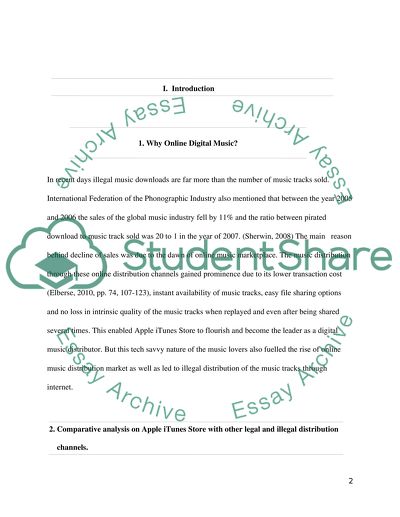Cite this document
(“The Effect on Sales of Digital Music Through Legal and Illegal Research Paper”, n.d.)
Retrieved from https://studentshare.org/music/1426271-the-effect-on-sales-of-digital-music-through-legal-and-illegal-distribution-channels
Retrieved from https://studentshare.org/music/1426271-the-effect-on-sales-of-digital-music-through-legal-and-illegal-distribution-channels
(The Effect on Sales of Digital Music Through Legal and Illegal Research Paper)
https://studentshare.org/music/1426271-the-effect-on-sales-of-digital-music-through-legal-and-illegal-distribution-channels.
https://studentshare.org/music/1426271-the-effect-on-sales-of-digital-music-through-legal-and-illegal-distribution-channels.
“The Effect on Sales of Digital Music Through Legal and Illegal Research Paper”, n.d. https://studentshare.org/music/1426271-the-effect-on-sales-of-digital-music-through-legal-and-illegal-distribution-channels.


